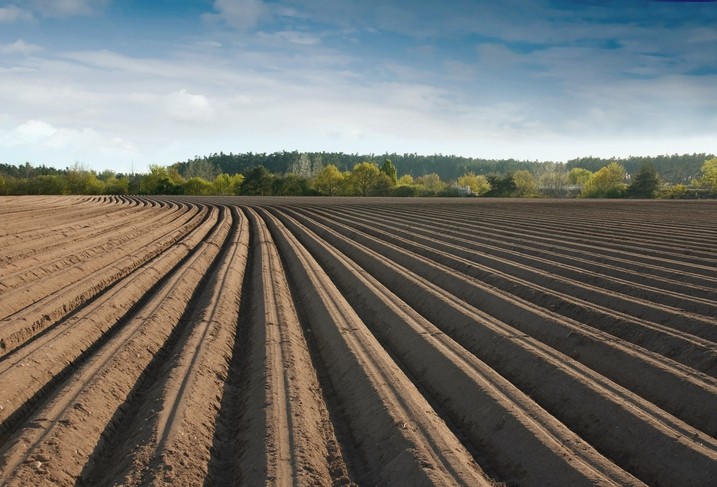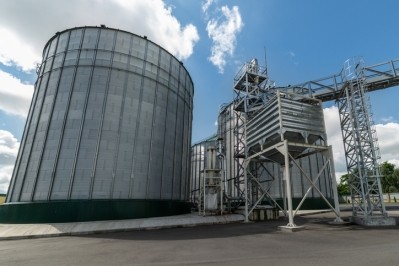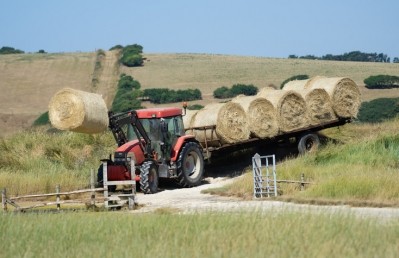Production acres, late feed crop planting raise corn, soybean yield questions

The US Department of Agriculture released revised information related to feed crop planting and prevent plant acres – or acres that were intended to be planted with a specific crop, which was prevented by a situation like the weather – on Tuesday [August 13].
The total number of crop acres planted, and the split between acres planted in corn or soybean brought some surprises, said Scott Irwin, Laurence J. Norton Chair of agricultural marketing with the University of Illinois, during a FarmDoc webinar following the release of the revised planting data.
“We planted 90m acres of corn in the US this spring, and that’s up 0.9m acres from 2018,” he said.
Total soybean acres planted reached 76.7m, added Todd Hubbs, assistant professor of agricultural commodity markets with the University of Illinois.
Although there is a possibility that another one or two million acres may fall out of production, the anticipation is that the planted acre total is likely correct, said Irwin. The total acreage planted makes sense, it is the distribution of planted acres that is more surprising.
The planted acres indicate that producers planted corn and had about 11.2m acres of prevent planted corn, he said. Soybean planted acres dropped 12.5m acres from last year and reported 4.4m acres that were prevented from being planted.
“The overall picture of what happened is we kept the intended base of actual corn planted acreage roughly constant, flat, and took a huge chunk of soybean acres as prevent plant on corn and that’s how we basically kept the total between the two crops about the same,” he said.
However, the weather-related delays and amount planted suggest that about 38m to 40m acres of corn were planted from June 10 to June 24, he said. The late planting for the corn acres raises questions about final yields.
Similarly, about two-thirds of the soybean crop was planted late, said Hubbs. The situation will be a chance to assess new hybrids of the crop, but the anticipation is that predicted yield could drop.
Prevent planted acres and yield considerations
At the state level, multiple states did not see the decline in corn planted acres anticipated, said Irwin. South Dakota dropped 300,000 acres in corn, Indiana was down 400,000, Ohio dropped 500,000, while Michigan lost 300,000.
“Illinois despite extraordinarily delayed, wet, planting conditions, was down only 300,000 [acres],” he said.
Looking at the potential yield for corn acres by state there were some large drops from last year, he said. Adding, “Illinois [was] down 29 bushels, Indiana down 23 bushels, Ohio down 27 – but, there were some kind of strange numbers there as well, Michigan up 2 [bushels] relative to last year, Wisconsin only down 7, Iowa only down 5 – is Iowa really going to be in the 190s this year?”
“Basically, although USDA was factoring in some significant yield drops, our anticipation is that when we get to the final yields there will be more yield drops than what is shown ... so in terms of production, the USDA came in at 13.9bn bushels, which was dramatically higher than the trade guess of roughly 13.2bn,” Irwin said. “Put that together [and] we had a 707m bushel bearish surprise, which dwarfs anything from the last 20 years.”
“When you combine the bearish surprise on acreage and yield that’s why the market – we’re in the process of taking close to 10% off the market price,” he added.
Currently, the maturity of the corn crop remains behind previous years and about 57% of the corn crop planted has a “good” or “excellent” condition score, according to the USDA. Last year at this time, 70% of the crop earned that score.
When considering soybean production, states like Illinois and Ohio saw predicted yield fall 10 bushels an acre while Indiana dropped 8.5, but others, like Iowa, dropped two, said Hubbs.
“We’ve got record yields in Kentucky and Tennessee this year … they did get a lot of timely rain through late June and early July,” he said. “But they’re not going to decide this market – the heart of the Corn Belt will decide it.”
In soybeans, the crop is also behind in the pace of development based on previous years, according to the USDA. About 54% of the crop is considered to be good or excellent, down from the 66% of the crop that earned that score at this time last year.










